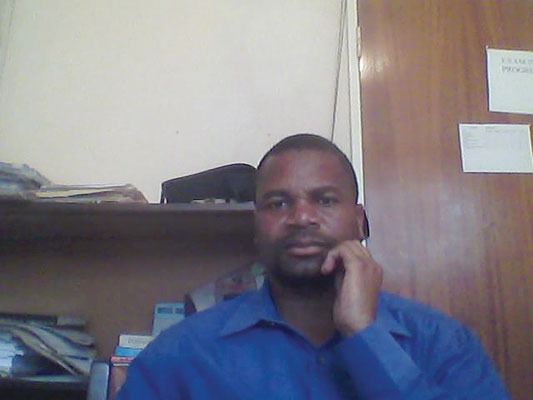
By Peter Makwanya THE concept of vulnerability has been used in many ways and contexts to mean different things altogether.
It is a term that is somewhat becoming a buzz word, mainly in the development sector, to refer to situations with regards to the community, women and children, among others.
Not so often has the concept of vulnerability been used in the context of natural disasters because they do not occur regularly. It is the aim of this discussion to map and situate vulnerability as it becomes susceptible to hazards in the context of natural disasters.
Vulnerability can be viewed as, the characteristics of a person or group of persons and the situation that influence their capacity to anticipate, cope with, resist and recover from the impact of a natural hazard.
This includes the extreme natural event or process such as a natural disaster, in the form of a cyclone, flooding, earthquake, drought, heavy rains, leaving the people exposed and ill-equipped to respond to these violent extremes.
This is a simple but not a complete definition of vulnerability because in many cases and situations, people use the concept of vulnerability to mean what they want, while deviating from the proper scope and nature of real vulnerability issues.
Furthermore, vulnerability can involve a combination of factors that determine the degree to which someone’s life, livelihood, property and other assets are put at risk by identifiable events, in nature or society. In this regard, as individuals, communities, experts and laypersons try to map out vulnerability issues, they tend to ignore structural and underlying issues that contribute to vulnerability and view it as an end without factoring the means such as culture, harmful practices, exposure, unsuitable landscapes and associated risks such as lack of planning and preparedness. These lead to vulnerability being nursed and nurtured until it becomes a curse, poverty and a disaster of a high magnitude and proportion.
Vulnerability can also be viewed as the extent of exposure and susceptibility of people, structures and the environment to damage, disruption or the impact of a particular hazard. It is against this background that when exploring issues to do with vulnerabilities, people or communities should not be viewed in isolation from the shocks or stressors which compound particular vulnerabilities. In this regard, communities do not just become vulnerable without considering their whole livelihood cycle, beliefs and practices, state of their physical environment, governance issues and economic growth patterns, among others.
- Chamisa under fire over US$120K donation
- Mavhunga puts DeMbare into Chibuku quarterfinals
- Pension funds bet on Cabora Bassa oilfields
- Councils defy govt fire tender directive
Keep Reading
Otherwise the situations that we see, the extreme conditions that people are found in, the suffering or marginalisation are not vulnerabilities but results or symptoms of vulnerabilities. As a result, this brings us to the issue that vulnerability is nurtured and it is this nurturing process that people do not see or cannot challenge because it is deeply embedded and hidden.
The first point of call is that people are born defenceless, hence, they need to be equipped or prepared to face disasters, natural or human made. In this regard, resilience building is a process towards preparedness for life challenges and natural disasters communities will encounter. Within the framework of building resilience, there are also obstacles that communities have to negotiate their way through and sometimes these include institutions that may fail them. It is the risk factor that should always be continuously mapped in order for communities to manage disasters.
The risk factor is the degree and extent of vulnerability of the people, physical, economic, infrastructural and the environmental. These are all underlying livelihood options that should be factored in the broad network of preparedness, enabling people to bounce back or recover. The classification of people in terms of them being poor, elderly, children, women or disabled, is important in disaster mapping. This is important for disaster managers and practitioners in their attempts to foreground vulnerability to disasters and how they can be reduced. This is because the poor always find themselves trapped and have no voices and resources including control.
Vulnerability assessment is supposed to be a continuous process because of its dynamic nature. Stock-taking is key as a form of collecting data geared towards understanding the levels of potential threats, needs and available resources to manage disasters. Sometimes vulnerabilities are compounded by resource limitations until the situations degenerate into a potential hazard.






